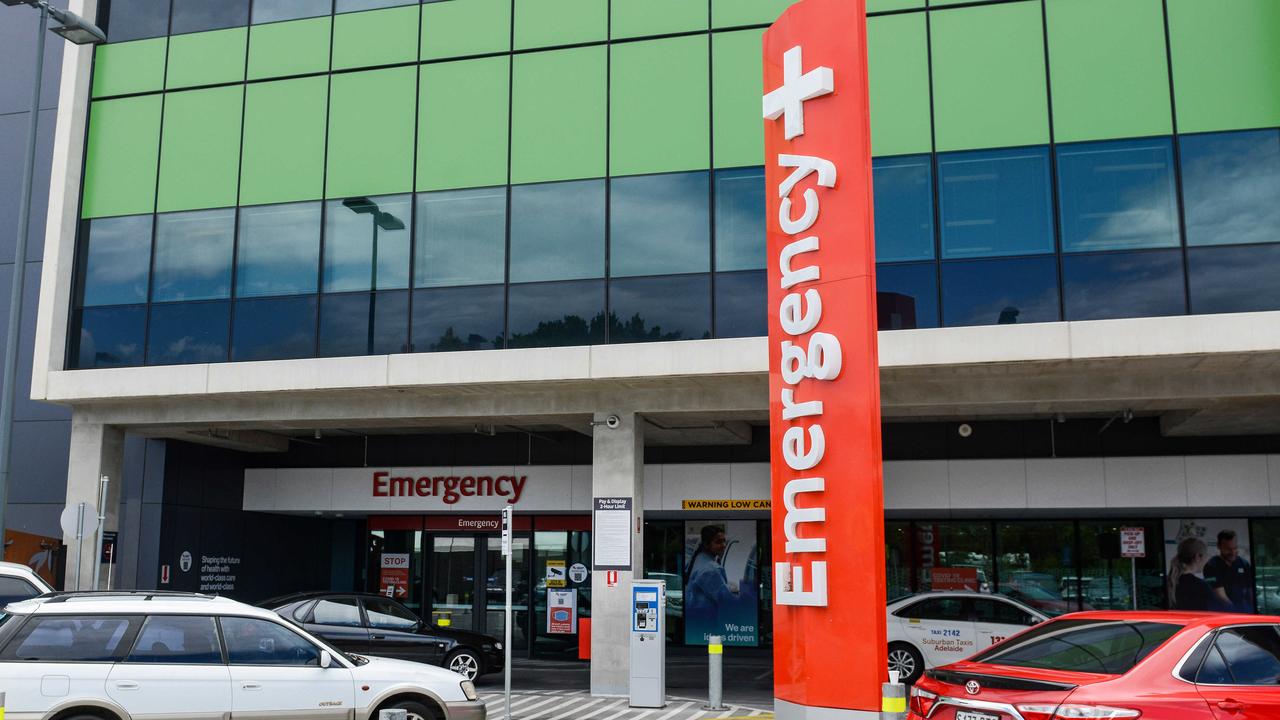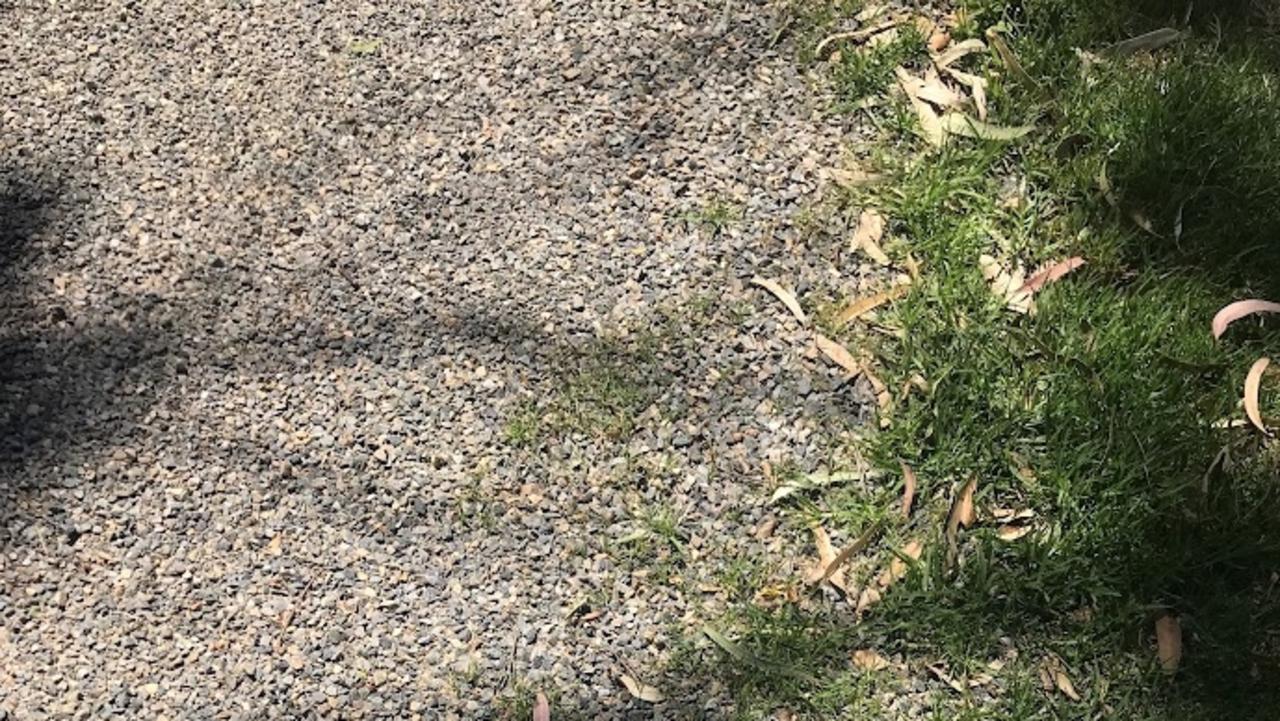History of the former Julia Farr Centre/Highgate Park in Fullarton as the nation’s biggest disability facility
It was once the country’s largest disability facility before much of it became derelict, vandalised and supposedly haunted. The curtain is now about to close on the Julia Farr Centre for good.
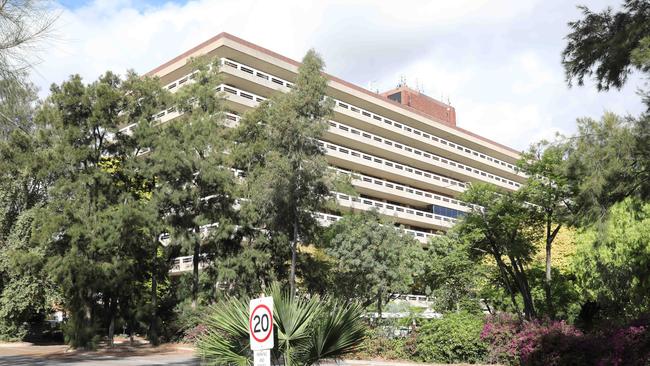
SA News
Don't miss out on the headlines from SA News. Followed categories will be added to My News.
It was once an imposing three-hectare site that housed more than 800 residents – now, the last piece of one of Adelaide’s most infamous land parcels is set to make its way to private hands.
The former Julia Farr Centre, now known as Highgate Park, sits in the leafy eastern suburbs with 144 years of history behind it as a groundbreaking facility for South Australians with disabilities.
At its peak in the 1970s, the centre at Fullarton was home to more than 800 people, but stopped accepting new residents in 2014. But by the time of its closure in 2020, just six residents remained.
Its derelict buildings had become infamous as a creepy destination for “urban explorers” seeking a close encounter with the ghosts of a bygone era.
Originally known as the Home for Incurables, the centre was founded by philanthropist Julia Farr, the wife of St Peter’s College headmaster George Farr, in October 1879 to cater for people with disabilities or incurable conditions.
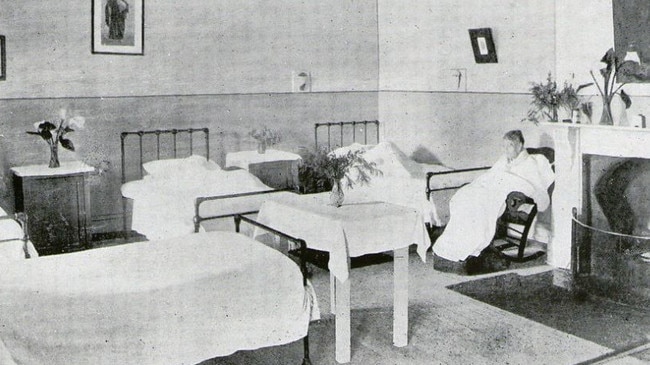
Mrs Farr and a committee of like-minded friends, including chairman and medical practitioner Dr William Gosse, purchased a house on Fisher St in Fullarton for £1700 – the equivalent of $292,855 today – where the centre still stands.
Ten patients from the Adelaide Destitute Asylum were transferred to the Home for Incurables in October 1879 – on the proviso their condition was not contagious and they were of “sound mind”.
As demand grew, the house expanded and a second building with accommodation for 30 patients was opened in 1881, and another extension – named the Gosse Memorial Wing – for a further 40 patients added in 1884.
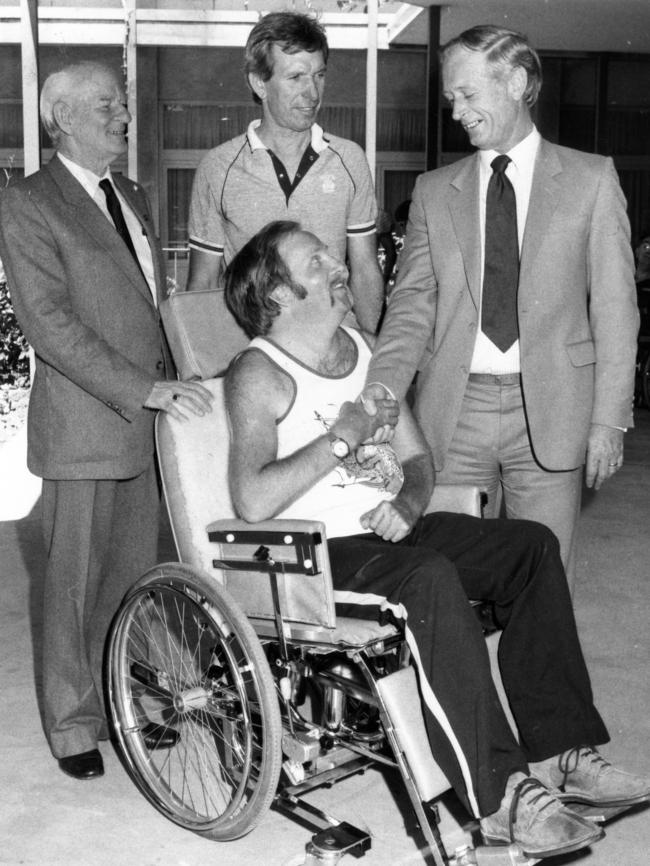
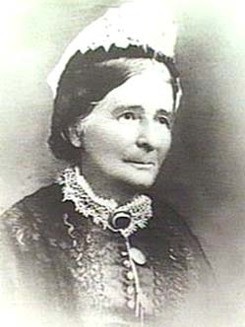
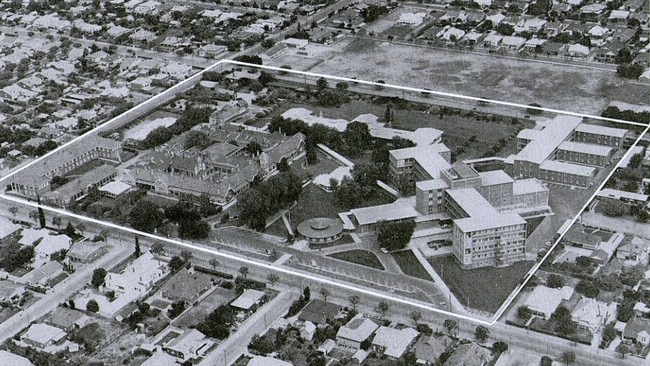
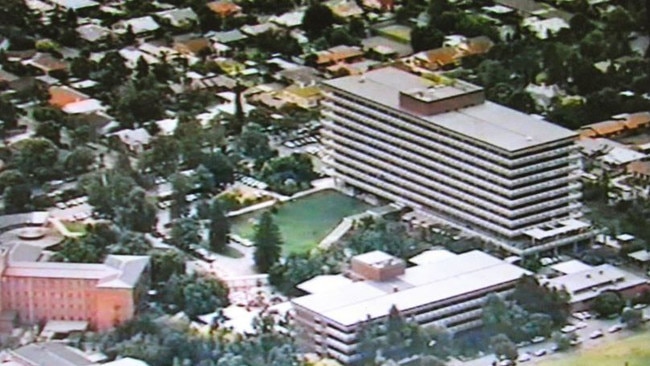
Over 100 years, the Julia Farr Centre acquired 2.8 hectares of land and became the largest of its kind in the nation with the building of the centre’s East Block in 1976.
The facility was renamed in honour of Mrs Farr in 1981 and taken over by Disability SA in 2006, when it became known as Highgate Park.
Bob Hopgood spent 11 years as a volunteer archivist for the Julia Farr Centre and has since released a book, Home for Incurables Incorporated, documenting the centre’s history.
His son, Brenton Hopgood, was a patient at the facility from 1974 until his death in 2012, after being diagnosed with cerebral palsy at birth in 1961.
Mr Hopgood said the centre provided important care for people with disabilities at a time when they were often forgotten.
“He was brain damaged – when he came out he was black and blue. We didn‘t know anything and no doctors knew anything about this,” he said.
“At the time, there was no help whatsoever for anybody with disabilities … it was terrible.
“When he first went into Julia Farr, he had to stay in there for two weeks before he came home to see how it went.
“His first reaction was to ask for a tea in his hand – which meant that he wanted to go back. From that point, he never slept another night at home … and that was the case with most of those kids, they grew up in the Julia Farr Centre because it was the first place that provided service to people with disabilities.”
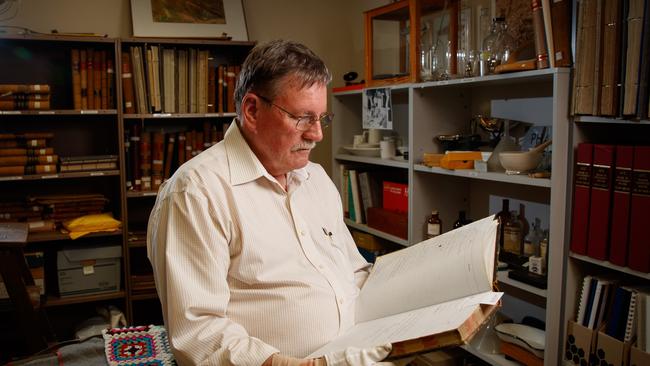
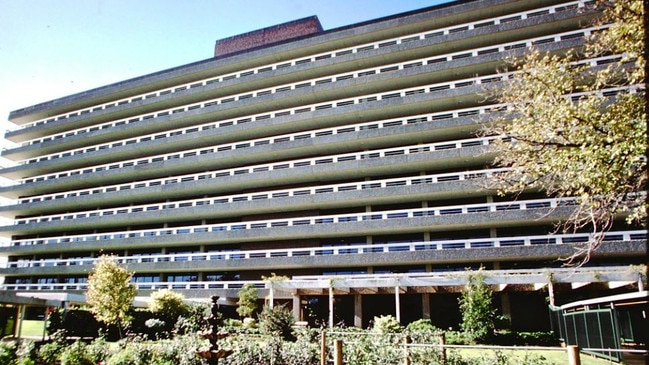
Cathy Sheldrick ran the Highgate Centre’s kiosk from 1988 to 1999, providing meals and snacks for residents and staff, and said the centre was a bustling hub of activity during its heyday.
“Most of the patients there were stroke victims, people with multiple sclerosis or accident victims – we had a couple of high-profile patients that came in as well,” Ms Sheldrick said.
Among them for a period was former SANFL and Carlton rising star Peter Motley – namesake of Unley’s Peter Motley Oval – who suffered critical head injuries in a head-on collision in 1987.
“They used to hold the Julia Farr fete once a year with stalls and musicians … I was working there on the Sunday that Princess Diana died and there were people coming in in tears,” Ms Sheldrick said.
“It was a thriving kiosk at the time, but when they started sending residents out into the community, things started to die down a little bit.”
Portions of the site have become vacant and derelict over time before being demolished or sold.
In 2011, the centre’s Fisher Building, known as the West Block, was sold to Living Choice and demolished to make way for a five-storey retirement complex, after sitting vacant and decrepit since asbestos was discovered in the early 1980s.
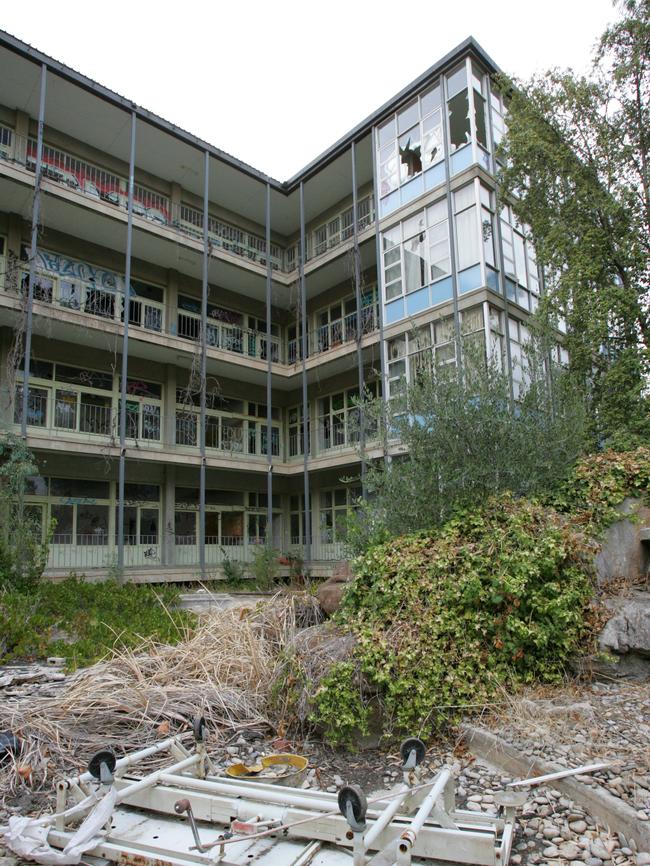
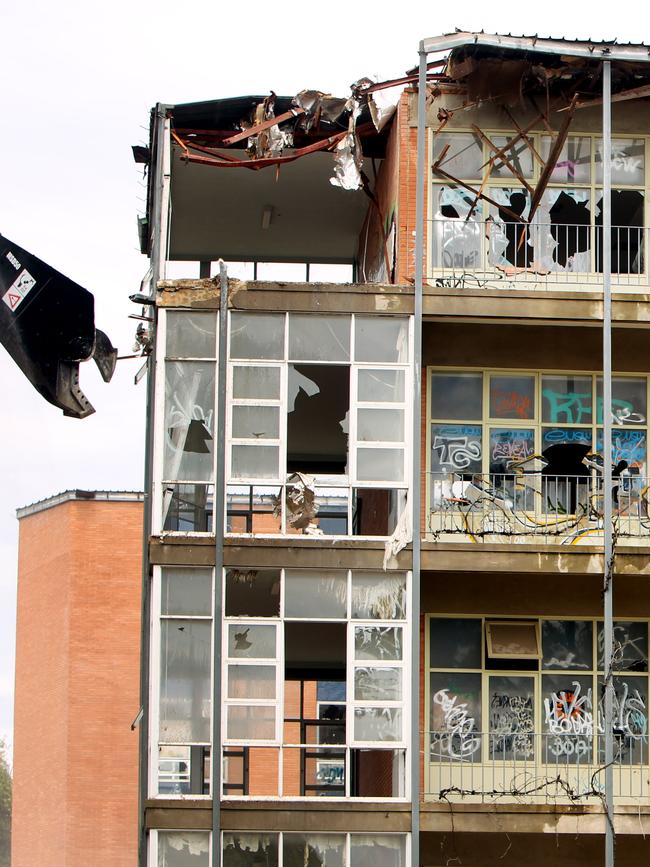
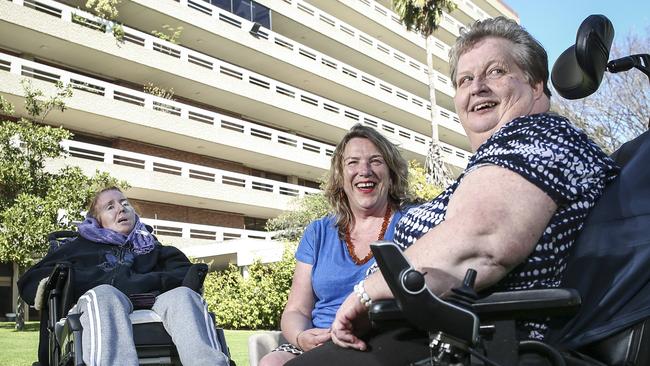
Prior to its demolition, the decrepit building was dubbed Fullarton’s biggest eyesore and became home to squatters, urban explorers, vandals and tales of ghosts wandering the halls.
The last remaining piece of the centre on the 2.85 hectare parcel of premium Fullarton land – the nine-storey former Julia Farr building and Gosse International Student Residence – was listed for sale as Highgate Park in 2021.
The sale was decided upon after extensive consultation with more than 350 disability groups and South Australians with disability, which included interviews, workshops and surveys.
The building is owned by a charitable trust with Human Services Minister Nat Cook, who spent part of her lengthy nursing career working at Highgate Park, as the sole trustee.
Ms Cook said the proceeds of the sale would go back to help South Australians living with a disability.
“While this site has played a significant role in the state’s history, we now know that the old institutional style of care does not reflect the inclusive support that people living with disability need to fulfil their potential,” she said.
Expressions of interest for the site closed on May 5, with real estate agents JLL and Savills handling the sale.




